The Wire Was David Simon’s Only Successful Show For An Inconvenient Reason
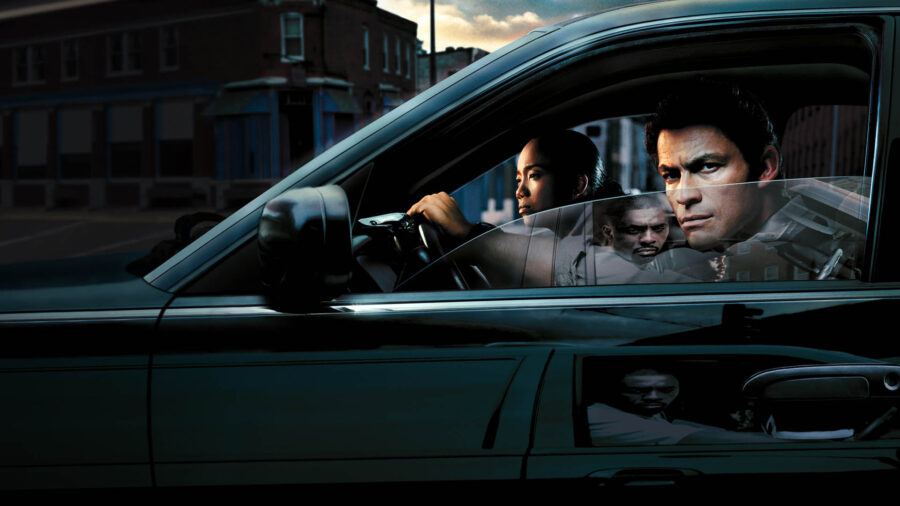
Undoubtedly, The Wire remains a monumental achievement, David Simon’s great work, celebrated rightly for its deep narrative complexity, unflinching portrayal of the systemic issues plaguing the city of Baltimore, and a seemingly endless cast of terrific characters.
David Simon’s Other Series
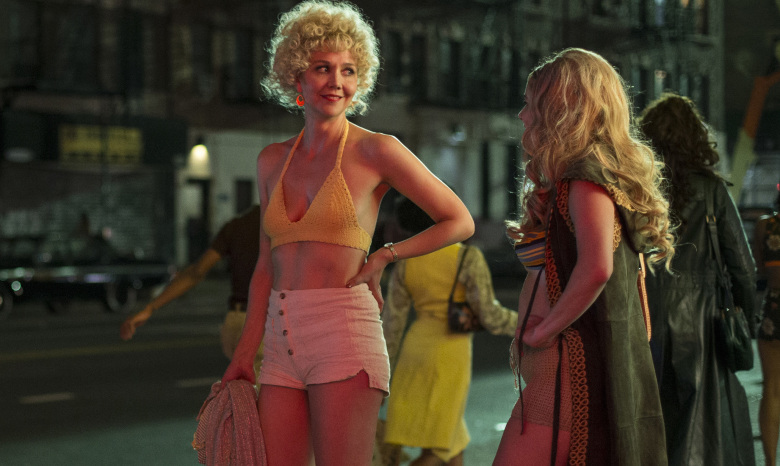
But many Simon fans may have wondered, since the conclusion of that series in 2008, why the creator’s subsequent works have failed to live up to its legend.
After all, Simon and his co-creators have undertaken a similar strategy with every show: the sociologically sweeping approach to an American city (New Orleans in Treme, ’70s New York City in The Deuce, Yonkers in Show Me a Hero, modern Baltimore once again in We Own This City).
Not Enough Violence?
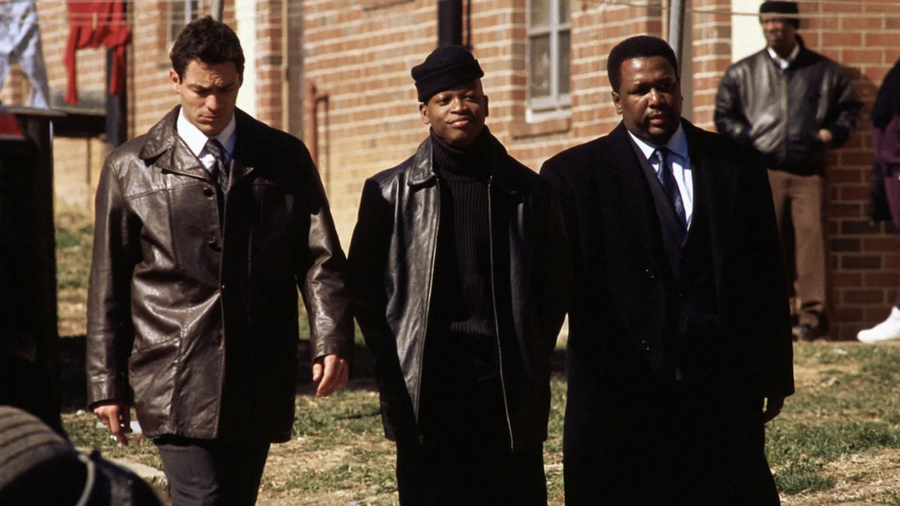
However, their reduced success makes sense when facing the uncomfortable truth that the comparative lack of violence in these later series, compared with The Wire, explains their limited appeal.
The Wire, under David Simon’s stewardship, combined gritty journalistic realism with cinematic excellence. But all the while, at least every few episodes, to put this bluntly—someone got shot.
The danger was there, the threat of violence, which undercut everything with a level of significance. The Ancient Greeks proposed that drama requires a minimum amount of Eros (sex) and Thanatos (death); The Wire indeed featured its fair share both, especially the latter.
The Brutal Characters
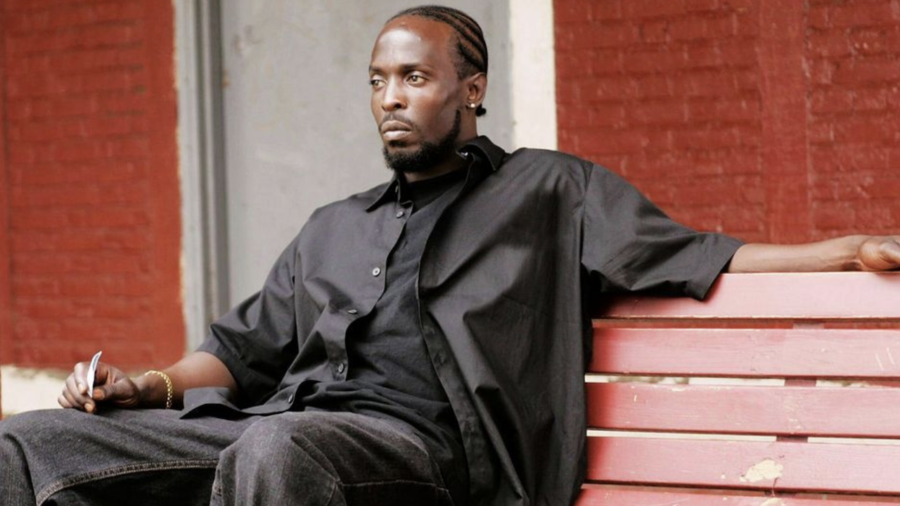
Chris Partlow and Snoop acting like a collective grim reaper; Weebay, Avon Barksdale, and Stringer Bell leading a small army; Brother Mouzone, the devout Muslim hitman—Omar toting his iconic shotgun, robbing drug dealers; it was a gun-toting, shot-firing, assassination-ordering show.
And it’s not like this constant exchange of fire, this specter of violence stalking the dark alleys of Baltimore, detracted in any way from the realism.
The Wire benefited from David Simon’s decades of work as a Baltimore homicide news reporter, and all the characters were based on real people to a heavy degree.
Anyone familiar with the tragedy of violent crime in Baltimore knows the level of violence in the show was by no means an exaggeration.
Treme Focused On New Orleans Revival
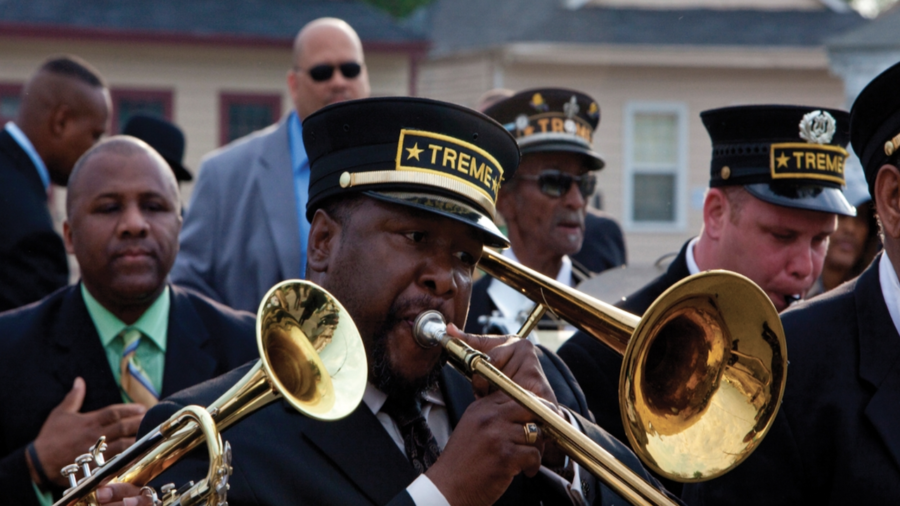
Contrast this with Simon’s subsequent project, Treme. Set in post-Katrina New Orleans, the series shifted focus, focusing on the resilience of a community attempting to rebuild in the aftermath of a disaster.
The series emphasized the cultural and musical revival of the city—rather than systemic violence and conflict, which were central themes in The Wire. Despite critical acclaim, authentically representing New Orleans culture, and exploring important social issues, the series failed to attract a broad audience.
Simply put, the show lacked the violence infusing The Wire, a level of violence David Simon witnessed on the streets of Baltimore that lent the show the kind of high-stakes drama that attracts viewers.
The Threat Of Violence
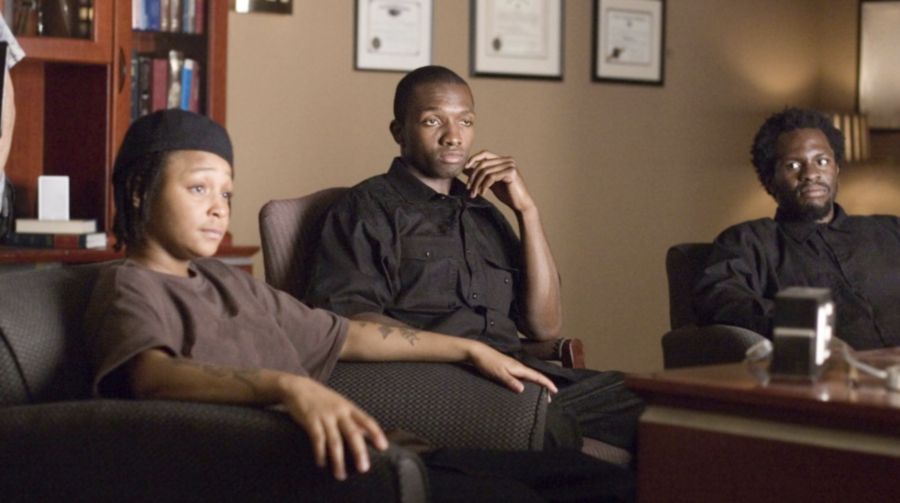
The same can be said for Show Me a Hero, which chronicled the struggle of public housing and race relations.
It is an interesting topic, brilliantly written, and benefits from great actors—but nothing like the intensity of Omar and his crew bursting into a row-house filled with heavily armed drug dealers.
Or Chris Partlow and Snoop shopping at a hard-worn store for a nail gun to board up abandoned houses filled with bodies.
Life And Death Struggle
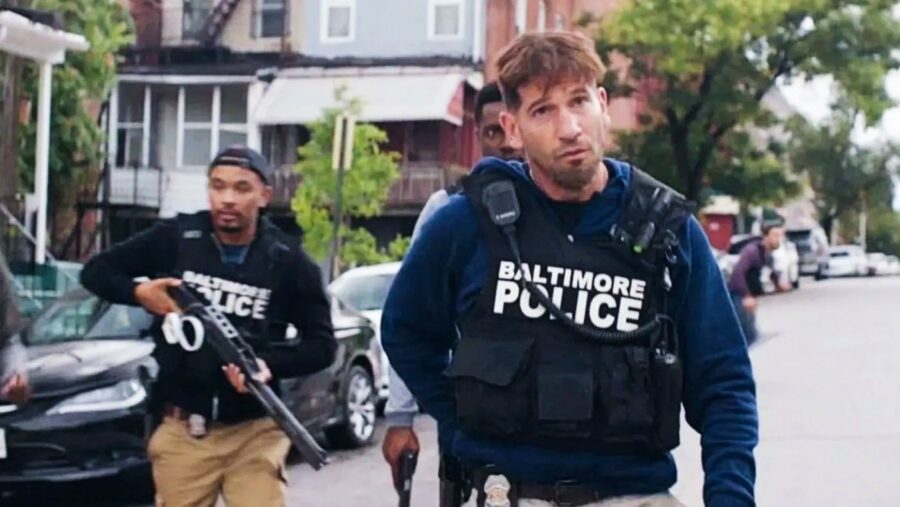
The same can be said for The Deuce, and We Own This City.
Sure, both featured more seediness and crime than the previously mentioned shows that followed The Wire by David Simon. But they don’t involve the constant life-and-death struggle inherent to The Wire.
And this explains their low viewership.












